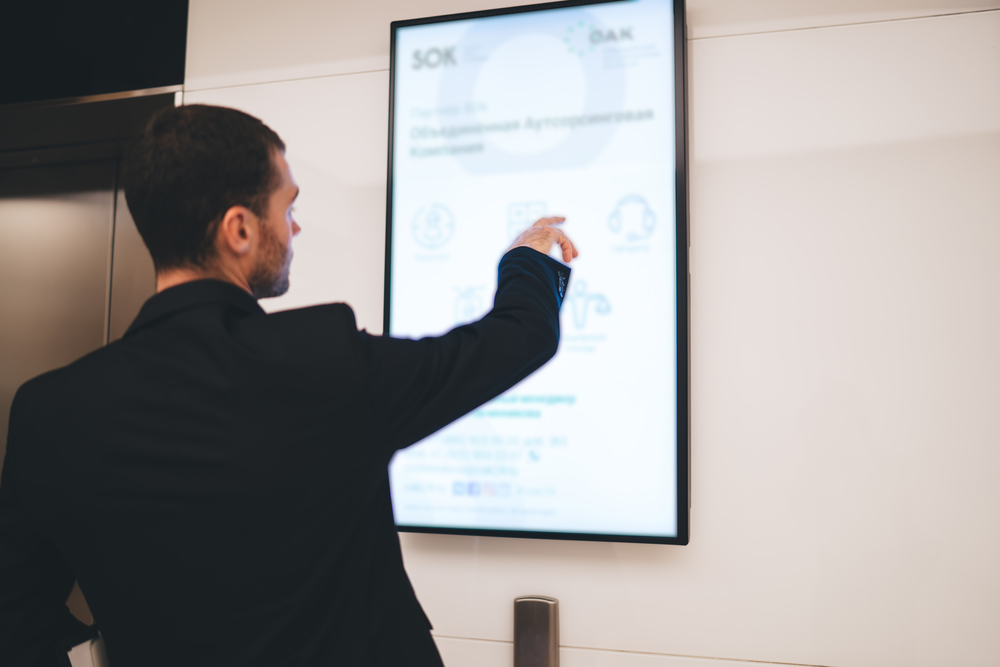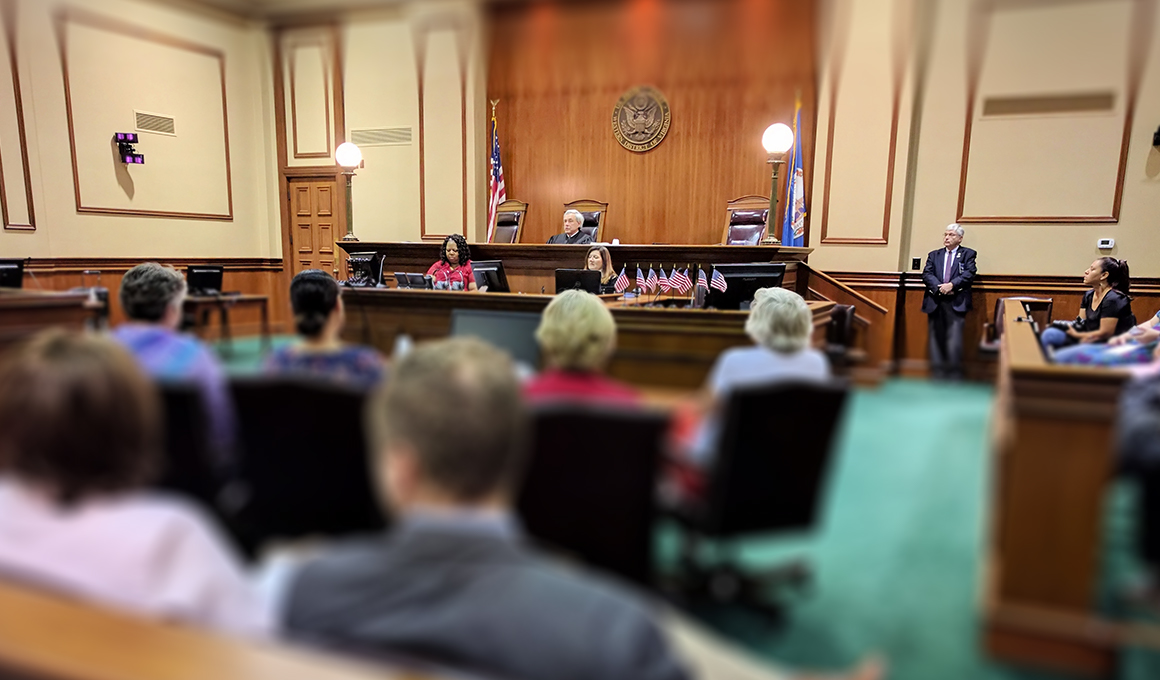Simplify legal arguments with interactive and structured trial presentations that engage jurors.
Wiki Article
Discover the Importance of Test Presentations for Effective Lawful Results
In the realm of litigation, the effectiveness of trial presentations can often be the crucial element in securing positive legal results. As we explore the necessary elements of impactful test presentations, one need to consider exactly how these aspects link to influence the final decision.Understanding Trial Discussions
Comprehending test discussions is crucial for legal professionals seeking to effectively convey their debates and evidence to a jury. A test presentation serves as an essential device in the courtroom, changing complex legal concepts and case details right into a systematic story that jurors can quickly comprehend - trial presentations.In addition, the framework and distribution of a trial presentation can influence juror perceptions and decision-making. Efficient presentations use a mix of storytelling, visuals, and influential techniques to engage jurors and preserve their interest throughout the test. This requires precise preparation and preparation, as each aspect has to align with the instance strategy and purposes.
Additionally, understanding the psychological facets of juror habits is vital in crafting a successful trial presentation. Attorneys must take into consideration how jurors analyze details, react to sob stories, and form prejudices. By addressing these variables, attorneys can create discussions that reverberate with jurors, ultimately aiding in the search of justice.
Key Components of Efficient Presentations
Successful test discussions rest on several crucial elements that jointly enhance their performance. First and foremost, quality is important; legal arguments have to be expressed in an uncomplicated fashion, preventing jargon that might confuse the jury. Presenters need to structure their debates practically, leading the audience with the story in a coherent series.
Visual help also play an important duty in effective presentations. Well-designed slides, charts, and graphics can aid distill intricate details and reinforce crucial factors, making them more memorable. Furthermore, the usage of narration methods can involve the jury psychologically, producing a link that goes beyond mere realities.
An additional important element is the presenter's shipment style. Self-confidence, interest, and proper body movement can considerably influence exactly how the message is received. Exercising effective eye contact and vocal variant keeps the jury attentive and bought the presentation.

Effect On Court Assumption
The effect of trial discussions on jury perception is extensive, as the means information is conveyed can substantially affect jurors' interpretations and decisions. Jurors are charged with examining complex details and making determinations based on proof presented throughout the test. Reliable presentations that use clear visuals, compelling stories, and arranged content can improve jurors' understanding and retention of key truths.Additionally, the psychological tone and delivery of the discussion play an essential duty in shaping jurors' mindsets. Discussions that resonate psychologically can develop compassion and websites connection, guiding jurors toward the lawyer's perspective. Conversely, an inadequately structured or overly technical discussion can lead to complication and disengagement, resulting in unfavorable perceptions of the instance.
Furthermore, jurors usually count on non-verbal signs, such as body movement and eye call, which can influence their count on in the presenter - trial presentations. Attorneys should be acutely aware of just how their presentation design can either enhance or threaten their disagreements. In summary, well-executed trial discussions are vital for directing court understanding and eventually influencing the result of legal proceedings
Techniques for Engaging Storytelling
Crafting a compelling story is vital for engaging narration in the court room. A reliable tale needs to reverberate with jurors on an emotional level while clearly outlining the realities of the case. Begin by developing a strong central style that encapsulates the significance of the argument. This theme functions as a guiding string throughout the presentation, assisting jurors make links and preserve details.Using personality development is vital; humanizing the events entailed enables jurors to feel sorry for their experiences. Present vital figures early, offering context and history to make them relatable. Additionally, employing a clear framework-- starting with an interesting intro, adhered to by an efficient body, and concluding with a powerful resolution-- ensures the narrative circulations rationally and basics keeps juror rate of interest.
Incorporating vibrant images and descriptive language can additionally improve the story, creating mental images that make the facts a lot more remarkable. Lastly, making use of rhetorical concerns can provoke idea and reflection, triggering jurors to proactively engage with the story. By employing these strategies, attorneys can develop narratives that reverberate deeply, ultimately affecting the jury's decision-making procedure.
Enhancing Proof With Visual Help
While providing evidence in a trial, the combination of aesthetic aids can considerably boost understanding and retention among jurors. Visual aids, such as graphes, graphs, photos, and video clips, serve to clarify complicated information and develop an extra interesting story. By illustrating essential factors, these devices aid jurors to attract connections in between evidence and the case's overarching themes.Moreover, aesthetic help can simplify detailed information that may or else bewilder or perplex the check my blog court. A timeline can successfully display the sequence of occasions, while a layout can show connections or interactions between parties included in the case. This quality promotes higher understanding and promotes informed deliberation.
The tactical use aesthetic aids also taps into the visual understanding choices of lots of jurors, making the here and now proof more relatable and unforgettable. When jurors can visualize realities, they are most likely to preserve important details, leading to better-informed verdicts.
Eventually, efficient test presentations that include visual help not just reinforce the case but also encourage jurors to involve proactively in the judicial procedure, facilitating more fair legal end results. In summary, boosting evidence with aesthetic help is a crucial method for successful test presentations.

Verdict
In summary, trial discussions serve a crucial feature in the lawful procedure by equating complex legal arguments into relatable narratives for juries. Effective discussions, characterized by organized narration and aesthetic aids, considerably improve juror understanding and retention of details.Report this wiki page